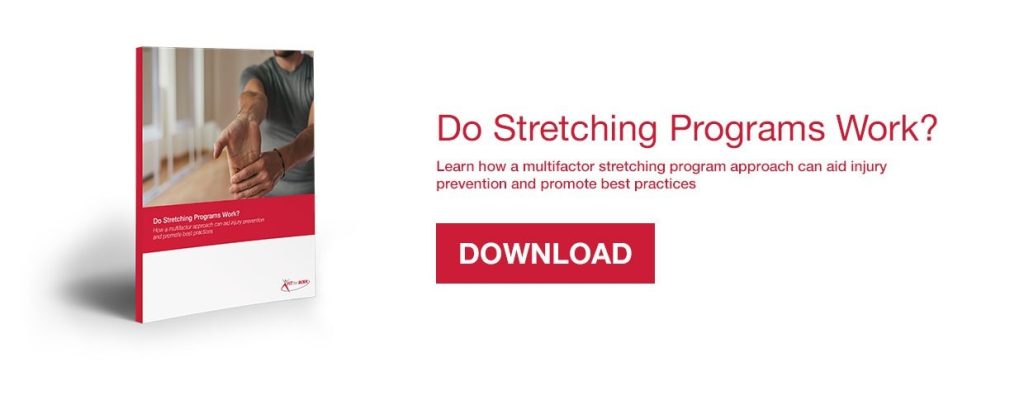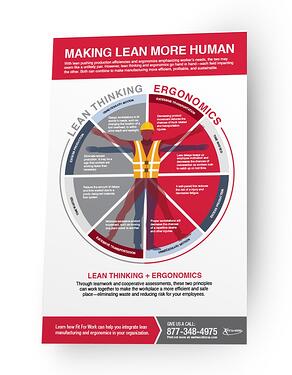One of the simplest definitions of ergonomics is “fitting the job to the worker”. But how do you achieve good ergonomics if neither the job nor the worker is understood? Attention to physical risk factors, psychosocial risk factors, and work organization risk factors is required if a successful ergonomics program is to be achieved. Repetition, force, awkward postures, contact stress, and vibration all fall under the umbrella of physical risk factors. It is important for these risk factors to be quantified in order for the physical aspect of the job to be understood. This is often done in the form of a Physical Demands Analysis (PDA). The PDA is a versatile, legally-defensible document which has many different applications; one of those being objectively quantifying the essential physical demands of the job. Psychosocial factors are subjective perceptions of the work organization. The psychosocial factors typically evaluated include job dissatisfaction, intensified workload, monotonous work, job control, job clarity, and social support. For example, prolonged time on the afternoon-evening shift can isolate a worker from his or her children because they are often either in school or asleep when the shift worker is home; this produces social isolation and is often accompanied by psychological responses of concern or guilt (Wiley 2004). It is because of stressors such as this that psychosocial factors exacerbate or increase the severity of MSDs in the workplace. Work organization risk factors are controlled by how the work is organized, supervised, and carried out. One of the outcomes of designing with the organization factors in mind should be a reduction in occupational stress, which is correlated to increased absenteeism, health problems, behavioral problems and high turnover (Wiley 2004). Attention to, not only the typical physical ergonomic risk factors, but the organizational and psychosocial issues as well is fundamental to effective ergonomics interventions. In recent years, the term macroergonomics has been used to describe the more global approach to ergonomic design in the workplace. Wiley, J. (2004). The Eastman Kodak Company. Ergonomic Design for People at Work (2nd ed.) 
Ergonomics and the Human Result





